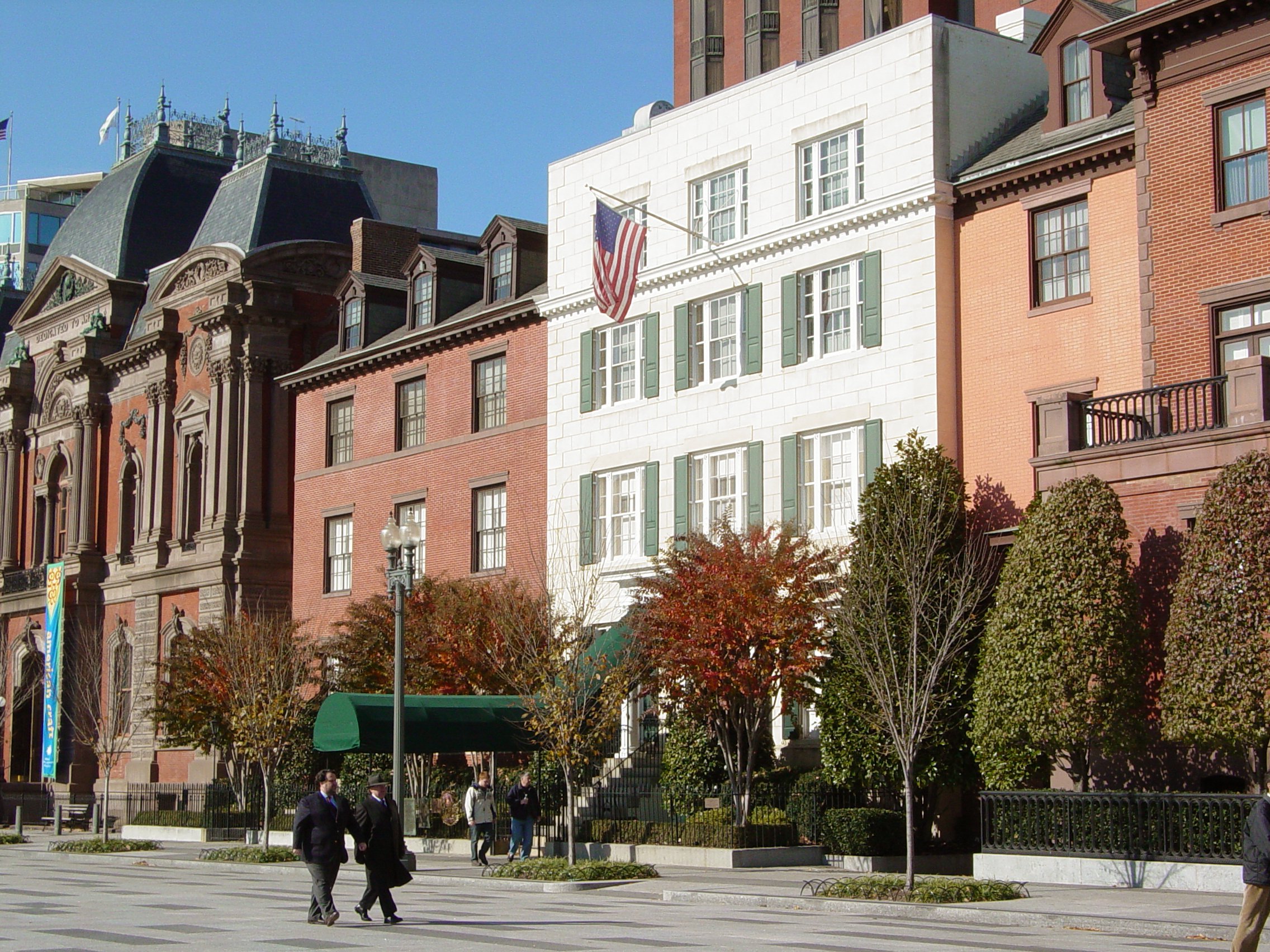Let's be smart about shale gas
Pennsylvania should look long-term and slow the boom to avoid the bust
Thursday, November 11, 2010
Marcellus Shale gas can be a boon to Pennsylvania, the catalyst of a clean, sustainable energy sector that creates lasting employment, provided the state doesn't buy into the boom-town mentality. A period of controlled growth would allow for informed debate on shale gas' role in Pennsylvania's energy future and, in the long run, would profit the state economically.
Unfortunately, the industry is in a hurry to extract this precious resource from the Marcellus Shale, prompting deep public concerns about the effects of its production on fresh water sources and human health. The debate has turned loud, extreme and unproductive. Facts and fiction have blurred.
When the shale gas industry convened recently in the former Pittsburgh Hilton, "drill-baby-drill" could be heard between the lines. "Wow" is how conference president Jack Lafield characterized Marcellus prospects. Speakers representing oil and gas companies that operate in Pennsylvania outbid each other with projections of high, higher, highest production rates for the region over the next decade.
The optimism was contagious. The curves only went up. "There's gas for another 100 to 120 years," said Martin Fritz of EQT Midstream. "We should do a better job at selling it."
Unchecked, this gold-rush approach risks quickly exhausting and wasting a valuable, irreplaceable resource.
Natural gas is the cleanest of fossil fuels, causing much less air pollution and only half as much CO2 emissions as coal when burned in a power plant. It's domestically available and can enable a clean, sustainable energy sector. Gas can be stored, and is versatile. It's too good to waste.
But judging by public comments, how the Marcellus gas is going to be used seems of little concern to the industry. Further, it denounces other, much-needed initiatives, such as wind and energy efficiency, as if they have little role to play in securing America's energy future or improving America's environment.
A more integrative perspective on the place of Marcellus gas in a sustainable energy sector is essential.
Gas can provide backup capacity for wind farms when the wind isn't blowing. Gas can generate cleaner electricity to propel electric cars and provide feedstock for hydrogen fuel-cell vehicles. Gradually replacing coal-fired power plants with more decentralized gas-fired, combined heat-and-power plants would cut CO2 emissions dramatically and enable super efficient local heating networks in urban areas.
The point is that Marcellus gas can be a crucial enabler of sustainable innovations. At present, though, the industry risks flooding the market, keeping prices unsustainably low and frustrating the development of other clean energy sources. Pennsylvania won't see the full promise of Marcellus Shale gas unless it is embedded in a long-term energy strategy for the region.
The gas industry is currently hyping the jobs that shale gas will bring, but they probably won't last long, nor go to many Pennsylvanians. A full-throttle ramp up is so quick that experienced employees have to be brought in from out-of-state. Currently, 75 percent of workers on drilling rigs in Pennsylvania are experienced professionals from Oklahoma and Texas.
By the time the regional economy generates a skilled workforce and specialized services and suppliers, production will be near, at or beyond its peak. And soon the gas will be gone, sold for low prices to fuel inefficient cars and heat badly insulated buildings. A more gradual and better-guided development of Marcellus Shale gas would allow a local energy sector and workforce to arise with better chances of long-term employment and economic benefits.
Pennsylvania regulators are not equipped to deal with the explosion of permit applications, and companies are complaining that long processing times are slowing Marcellus development. But maybe it's fortunate that regulators are understaffed, as this might buy the commonwealth some time.
If states in the Marcellus Shale region want to get the maximum return from their natural capital, in terms of long-term employment and revenue, they would do well to make shale gas production part of an integrated strategy for a sustainable energy sector and economy. They also would do well, while the industry is still learning fast, to let best practices for environmental protection, workforce training and corporate citizenship mature before the boom has come and gone.
Unfortunately, the industry is in a hurry to extract this precious resource from the Marcellus Shale, prompting deep public concerns about the effects of its production on fresh water sources and human health. The debate has turned loud, extreme and unproductive. Facts and fiction have blurred.
When the shale gas industry convened recently in the former Pittsburgh Hilton, "drill-baby-drill" could be heard between the lines. "Wow" is how conference president Jack Lafield characterized Marcellus prospects. Speakers representing oil and gas companies that operate in Pennsylvania outbid each other with projections of high, higher, highest production rates for the region over the next decade.
The optimism was contagious. The curves only went up. "There's gas for another 100 to 120 years," said Martin Fritz of EQT Midstream. "We should do a better job at selling it."
Unchecked, this gold-rush approach risks quickly exhausting and wasting a valuable, irreplaceable resource.
Natural gas is the cleanest of fossil fuels, causing much less air pollution and only half as much CO2 emissions as coal when burned in a power plant. It's domestically available and can enable a clean, sustainable energy sector. Gas can be stored, and is versatile. It's too good to waste.
But judging by public comments, how the Marcellus gas is going to be used seems of little concern to the industry. Further, it denounces other, much-needed initiatives, such as wind and energy efficiency, as if they have little role to play in securing America's energy future or improving America's environment.
A more integrative perspective on the place of Marcellus gas in a sustainable energy sector is essential.
Gas can provide backup capacity for wind farms when the wind isn't blowing. Gas can generate cleaner electricity to propel electric cars and provide feedstock for hydrogen fuel-cell vehicles. Gradually replacing coal-fired power plants with more decentralized gas-fired, combined heat-and-power plants would cut CO2 emissions dramatically and enable super efficient local heating networks in urban areas.
The point is that Marcellus gas can be a crucial enabler of sustainable innovations. At present, though, the industry risks flooding the market, keeping prices unsustainably low and frustrating the development of other clean energy sources. Pennsylvania won't see the full promise of Marcellus Shale gas unless it is embedded in a long-term energy strategy for the region.
The gas industry is currently hyping the jobs that shale gas will bring, but they probably won't last long, nor go to many Pennsylvanians. A full-throttle ramp up is so quick that experienced employees have to be brought in from out-of-state. Currently, 75 percent of workers on drilling rigs in Pennsylvania are experienced professionals from Oklahoma and Texas.
By the time the regional economy generates a skilled workforce and specialized services and suppliers, production will be near, at or beyond its peak. And soon the gas will be gone, sold for low prices to fuel inefficient cars and heat badly insulated buildings. A more gradual and better-guided development of Marcellus Shale gas would allow a local energy sector and workforce to arise with better chances of long-term employment and economic benefits.
Pennsylvania regulators are not equipped to deal with the explosion of permit applications, and companies are complaining that long processing times are slowing Marcellus development. But maybe it's fortunate that regulators are understaffed, as this might buy the commonwealth some time.
If states in the Marcellus Shale region want to get the maximum return from their natural capital, in terms of long-term employment and revenue, they would do well to make shale gas production part of an integrated strategy for a sustainable energy sector and economy. They also would do well, while the industry is still learning fast, to let best practices for environmental protection, workforce training and corporate citizenship mature before the boom has come and gone.
Mark Olsthoorn is a researcher at the University of Maryland's Center for Integrative Environmental Research (www.cier.umd.edu).
First published on November 11, 2010 at 12:00 am













.jpg)
